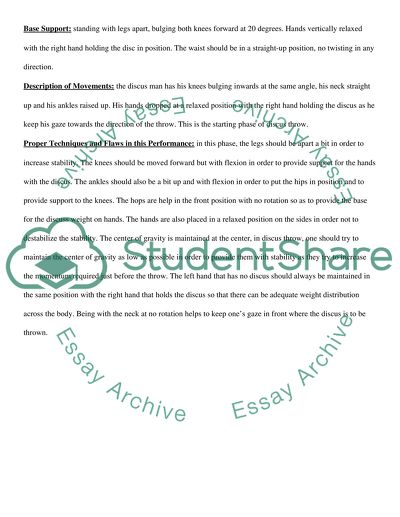Cite this document
(“Discus and Biomechanics Essay Example | Topics and Well Written Essays - 3000 words”, n.d.)
Discus and Biomechanics Essay Example | Topics and Well Written Essays - 3000 words. Retrieved from https://studentshare.org/health-sciences-medicine/1653822-discus-and-biomechanics
Discus and Biomechanics Essay Example | Topics and Well Written Essays - 3000 words. Retrieved from https://studentshare.org/health-sciences-medicine/1653822-discus-and-biomechanics
(Discus and Biomechanics Essay Example | Topics and Well Written Essays - 3000 Words)
Discus and Biomechanics Essay Example | Topics and Well Written Essays - 3000 Words. https://studentshare.org/health-sciences-medicine/1653822-discus-and-biomechanics.
Discus and Biomechanics Essay Example | Topics and Well Written Essays - 3000 Words. https://studentshare.org/health-sciences-medicine/1653822-discus-and-biomechanics.
“Discus and Biomechanics Essay Example | Topics and Well Written Essays - 3000 Words”, n.d. https://studentshare.org/health-sciences-medicine/1653822-discus-and-biomechanics.


